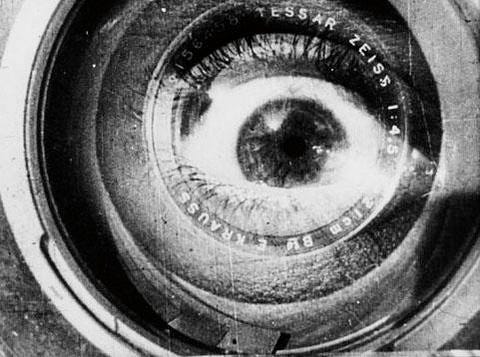2.13 Vertov Time-Lapse

Dziga Vertov’s 1929 film, Man With a Movie Camera, is a brave attempt at visual epistemology, to reinterpret the often banal and seemingly insignificant images of everyday life. — Lev Manovich
Recursive Loop
Vertov Time-Lapse uncovers month-two of my time-lapse database; it echoes the avant-garde editing style of Soviet Montage filmmakers of the 1920s such as Dziga Vertov and Sergei Eisenstein. Soviet Montage emphasizes dynamic, often discontinuous, relationships between shots and the juxtaposition of images to create ideas not present in either shot by itself. Vertov’s film, Man with a Movie Camera, influences this piece. Vertov’s film is famous for the range of cinematic techniques Vertov invents, deploys or develops, such as double exposure, fast motion, slow motion, freeze frames, jump cuts, split screens, Dutch angles, extreme close-ups, tracking shots, footage played backwards, stop motion animations and a self-reflexive style. Vertov was one of the first to be able to find a mid-ground between a narrative media and a database form of media. He shot all the scenes separately, having no intention of making this film into a regular movie with a storyline. Instead, he took all the random clips and put them in a database. Vertov Time-Lapse is imbued with many of these editing techniques in order to represent one month as a recursive loop.
Originally published at http://jamesjgrady.com on June 10, 2012.
